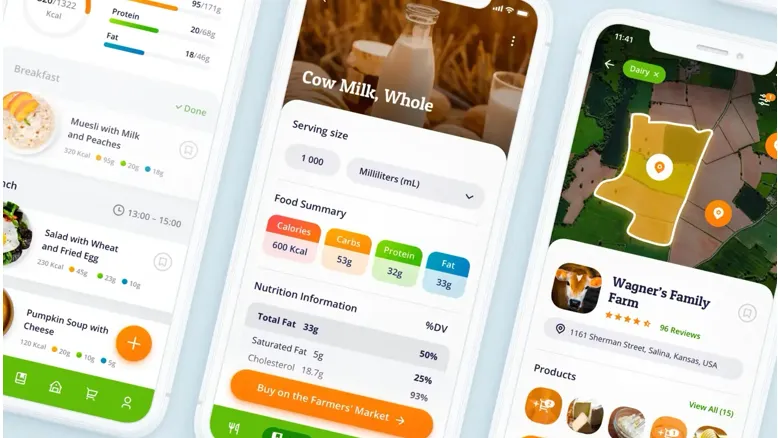Why Choose the Short Food Supply Chain in the Digital Age
In recent years, the concept of the Short Food Supply Chain (SFSC) has gained increasing attention as a sustainable and innovative alternative to large-scale distribution systems. But what makes the Short Food Supply Chain so unique? And how can digitalization contribute to its growth and competitiveness?
A New Agricultural Model: Centrality, Quality, and Sustainability
The Short Food Supply Chain puts the farmer at the centre of the production system, restoring their key role in the relationship with the consumer. In this model, quality, traceability, and sustainability become top priorities.
Local production reduces environmental impacts while ensuring more authentic and transparent products. Additionally, fewer distribution steps simplify logistics, enabling faster and more efficient supply.
The Short Food Supply Chain in the European and Global Context
Across Europe, the Short Food Supply Chain offers a concrete response to the challenges of globalization: it promotes high-quality products, worker well-being, and the sustainable development of local areas.
However, competition from large-scale retail - often more cost-competitive - remains a major challenge.
For this reason, it is essential for the SFSC to evolve by adopting digital tools capable of optimizing processes, reducing waste, and increasing the perceived value for consumers.
Digitalizing the Short Food Supply Chain: A Necessary Step
Digitalization is not just a trend but a real driver of competitiveness.
Thanks to artificial intelligence (AI) and predictive algorithms, the Short Food Supply Chain can improve its performance in several areas:
- Optimization and Waste Reduction
Data analysis makes it possible to forecast demand, optimize production, and reduce waste—resulting in less food loss and higher profits for producers. - Traceability and Certification
Using data from sensors and monitoring systems, every stage of the production cycle can be tracked, ensuring transparency and verifiable quality. - Increased Perceived Value
A product that is traceable, sustainable, and digitally monitored conveys reliability and quality, strengthening consumer trust.

Artificial Intelligence in the SFSC
Applications of Artificial Intelligence in the Short Food Supply Chain
Predictive Diagnostics
Real-time data from sensors, satellite images, and weather information allows for the early detection of crop diseases and stress.
Technologies such as XGBoost, ARIMA, and LSTM enable time-series analysis, while CNNs (Convolutional Neural Networks) interpret crop images to identify issues invisible to the human eye.
Quality Control
Through computer vision, it is possible to analyze images of products, packaging, and labels to detect defects or contamination.
A practical example is AWENTIA, which develops optical sensors for vineyard monitoring, ensuring grape quality and plant health.
Predictive Maintenance
AI makes it possible to anticipate breakdowns or efficiency losses in agricultural machinery.
By analyzing historical and real-time data, systems can suggest the preventive replacement of components, reducing downtime and operational costs. Some models also integrate physics-informed approaches, based on physical laws, for greater accuracy.
Shelf-Life Prediction
AI can estimate the remaining shelf life of fresh products based on environmental factors such as temperature and humidity, suggesting optimal storage conditions. This enables better logistics planning and reduced food waste.
Logistics and Waste Optimization
Predictive algorithms support the intelligent management of storage, promotions, and sales planning.
A significant example is TUIDI, which uses forecasting models to optimize stock levels in stores based on real demand, reducing excess and waste.
New Frontiers: From Nutrition to Smart Logistics
Beyond production, digitalization opens the door to innovative scenarios:
- AI Nutrition Recommender: an e-commerce platform that offers personalized nutritional plans, integrating seasonal recipes and locally sourced products available in real time.
- Integrated Management Platforms: digital systems that combine demand forecasting, stock monitoring, and transport optimization, improving the efficiency of the entire chain.
Conclusion: The Short Food Supply Chain as a Model for the Future
The Short Food Supply Chain represents a sustainable, ethical, and technologically advanced model that combines tradition and innovation.
Digitalizing it means not only making it more competitive in the global market but also strengthening the connection between producers, territories, and consumers - fostering a fairer and more conscious agricultural future.



Existující komentáře